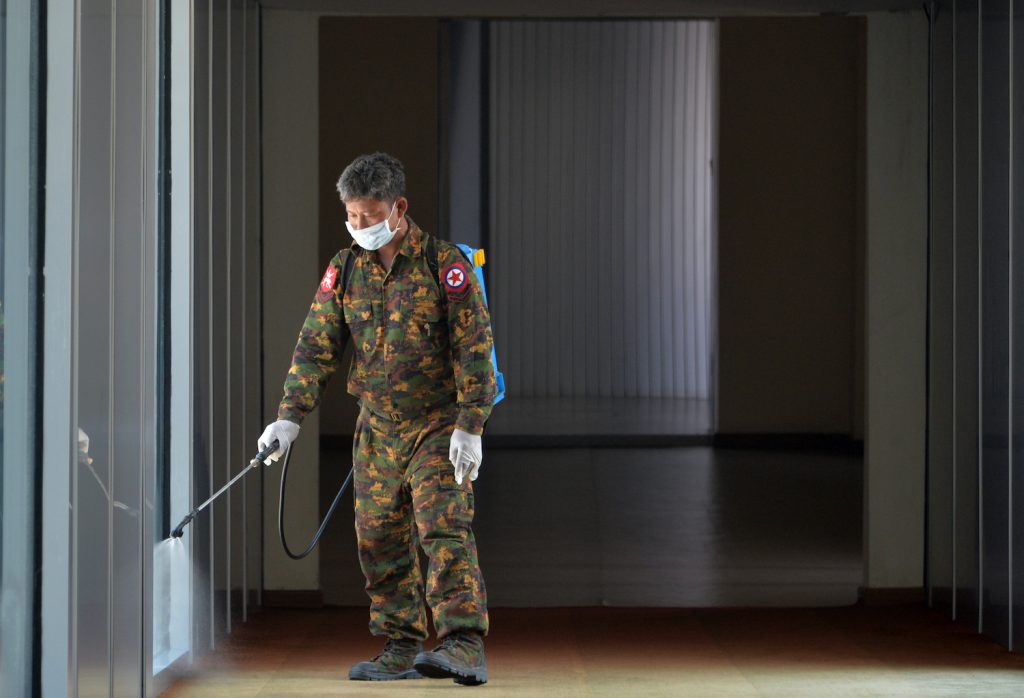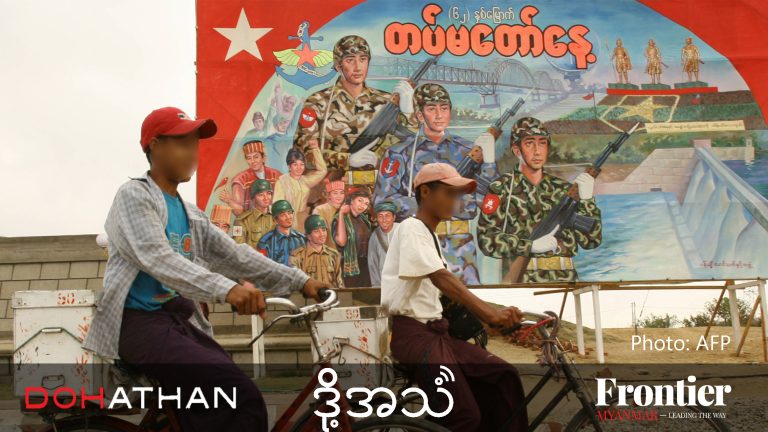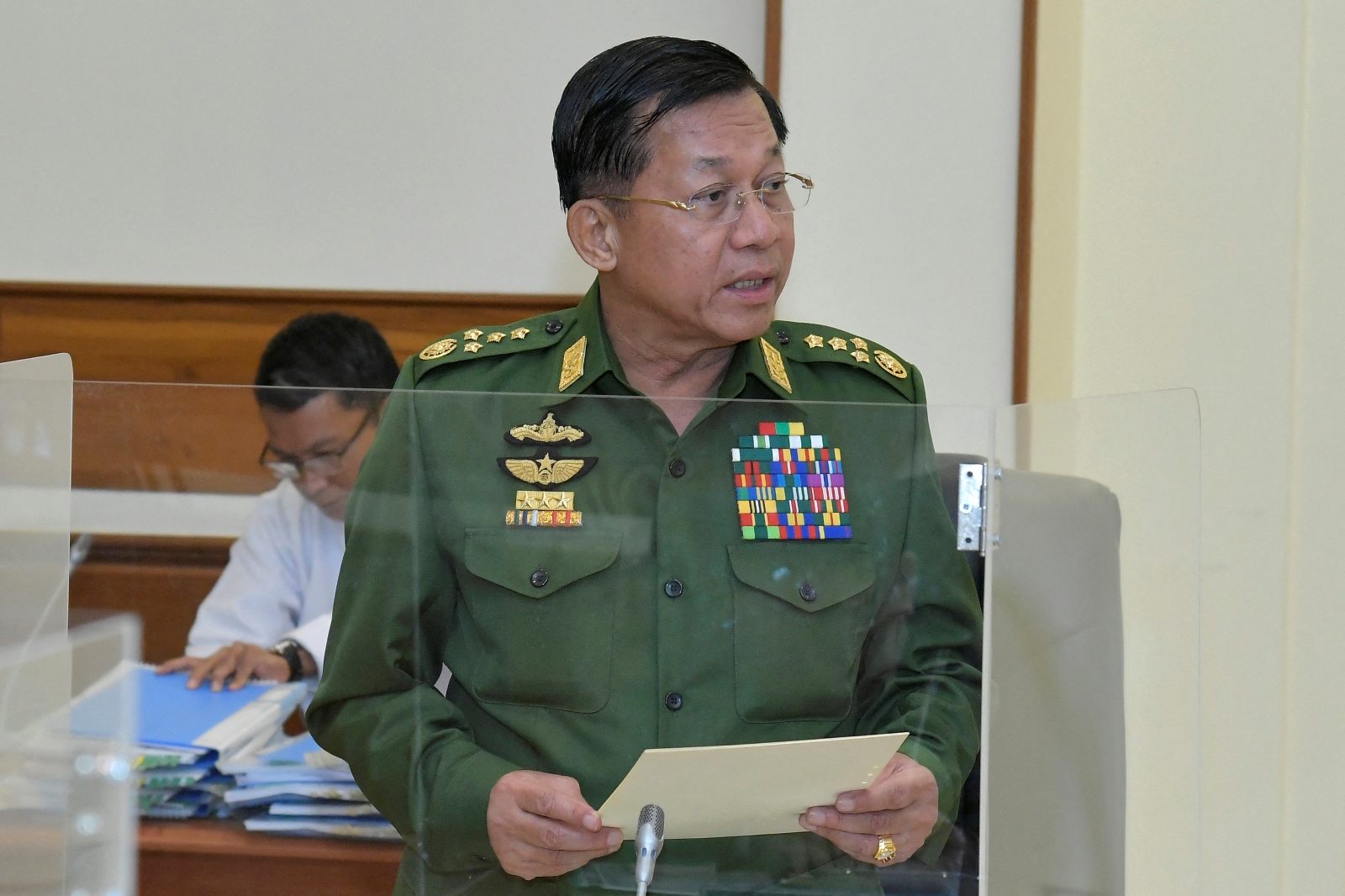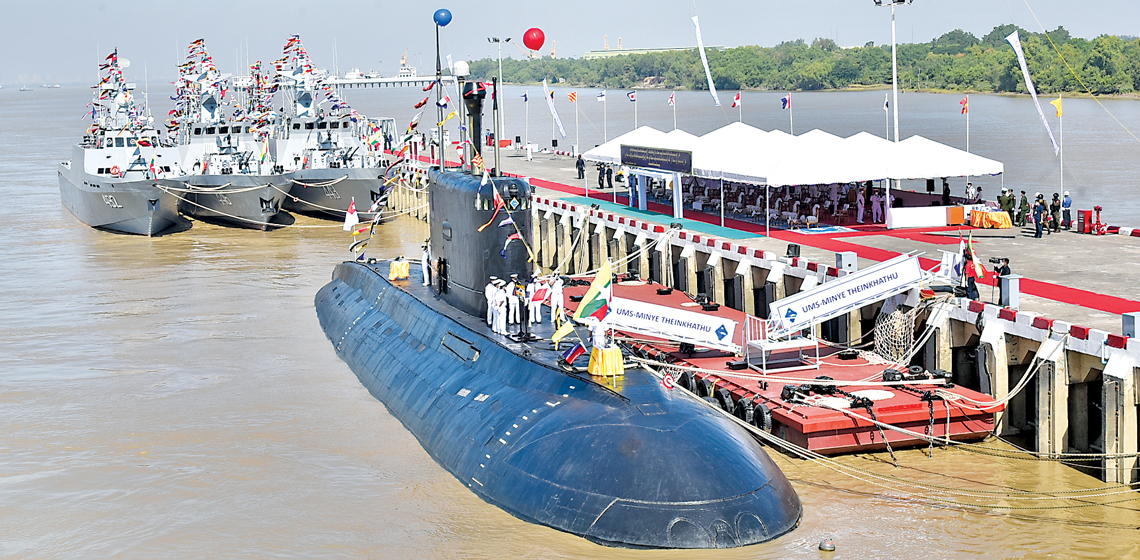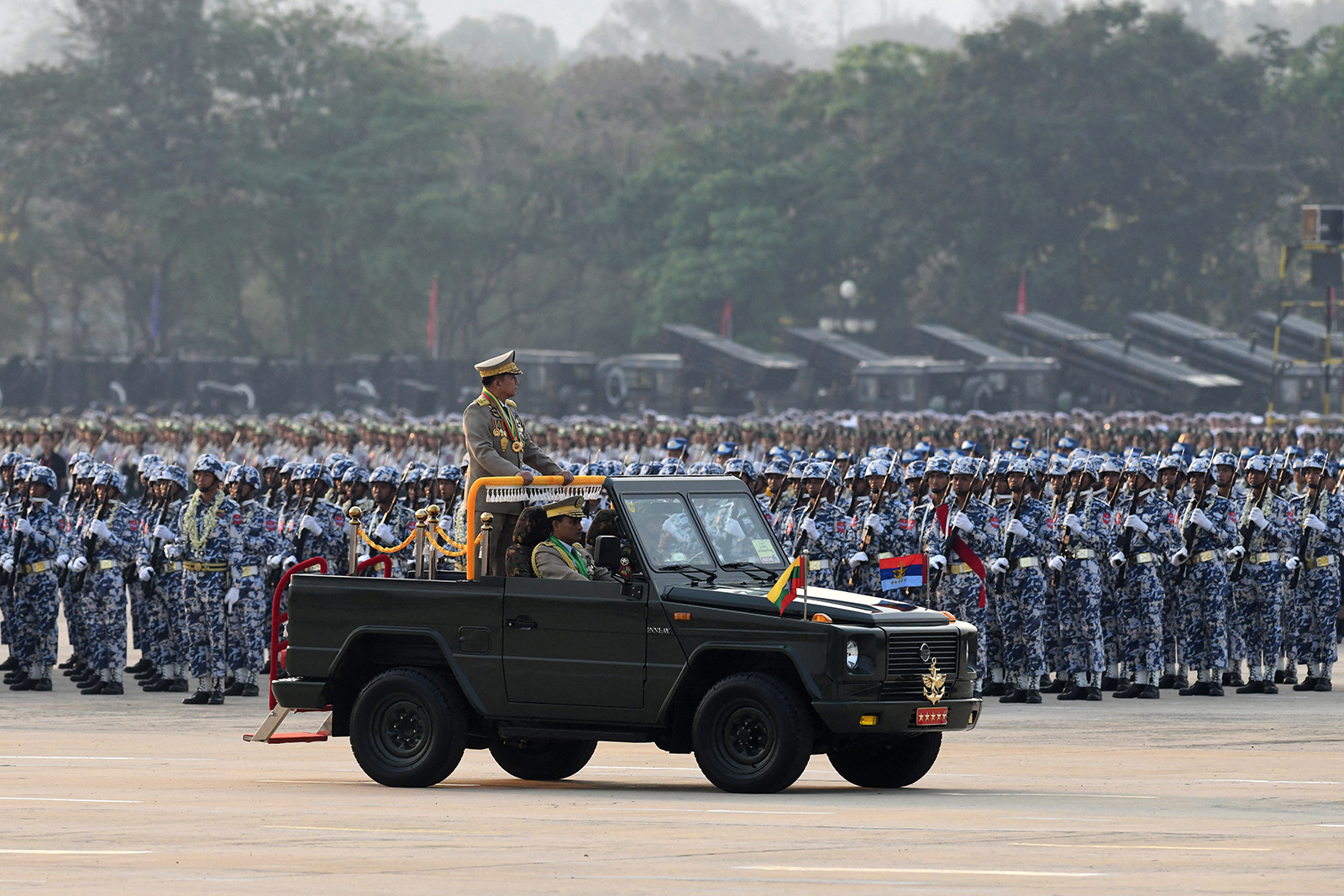Combatting the coronavirus by shutting down the country makes little sense on health grounds and would cede greater power to Myanmar’s armed forces.
By JORDAN TUN | FRONTIER
FLATTENING the curve has become the worldwide approach to dealing with COVID-19. We have to remember its aim, though: to slow the spread of the virus to give us the time needed to develop ways to treat or even prevent it.
If Myanmar is to follow the example of a growing number of countries around the world in shutting down the country, it must do so with the expectation that it can deal with the virus in six months’ time. If that is not possible, then there is no health rationale for a full lockdown.
Moreover, because it could only be enforced by the security services, whose autonomy from civilian oversight is protected by the constitution, a lockdown would grant the Tatmadaw a degree of power over people’s everyday lives not seen since the establishment of a quasi-civilian government nine years ago.
Modelling by Imperial College London, which showed that without intervention cases would overwhelm even advanced health systems and cause spikes in mortality, has resulted in social distancing measures being implemented almost globally. Borders have been closed, events cancelled, businesses shuttered. Troops have been deployed to help enforce rules and maintain order.
There are two aims of social distancing: to reduce the peak caseload so that patients can be managed with existing facilities and ventilators, and to delay the peak to buy time to develop new treatments or vaccines. In Myanmar we have to question whether either of these end goals make sense.
The country’s most vulnerable citizens will face the brunt of the epidemic. The rural poor and marginalised ethnic nationality populations, who have already borne the brunt of the Tatmadaw’s long campaign for Bamar domination, have little or no ability to treat any complications related to COVID-19, and few can expect to be tested for the disease. In camps for the internally displaced and urban slums around major cities, social distancing isn’t feasible.
These are the communities that also suffer from malaria and continue to die from tuberculosis and HIV-AIDS. Health services are largely beyond their reach: fewer than half of all children in non-government-controlled areas (and some rural, government-controlled areas) are fully vaccinated. In six months or a year, without an unprecedented shift in the government approach, they will remain beyond treatment for COVID-19. Lockdown measures would buy them some time, but the return of the Tatmadaw may have much more severe impacts: reducing the chance of a shared future of prosperity and respect for civil liberties, as well as the prospects for an end to the civil wars that have caused such needs to start with.
Myanmar currently has fewer than 200 ventilators, most of which are in Yangon, Mandalay and Nay Pyi Taw, and they can only support a tiny fraction of those who are likely to be in need. We are now at the beginning of the curve for COVID-19 infections. Facilities will be overwhelmed even with the most effective social distancing in the world.
Even if new treatment protocols were developed, covering the whole population would require a revolution in service delivery. Average government spending on health in member countries of the Organization for Economic Cooperation and Development is more than US$4,000 a person a year; in Myanmar it has never been more than $15 a person. This is not a credible amount to defeat COVID-19 (or any of the other health issues already afflicting the country). Even if Myanmar focused only on COVID-19 from now on, to the exclusion of other infectious diseases, it could do little.
And why should it ignore other infectious diseases that could be just as deadly? Twenty years ago, TB killed 100,000 people every year in Myanmar, and malaria infected 700,000 people annually. Dedicated work has reduced these numbers but they could easily bounce back. The coronavirus may kill 50,000 people in Myanmar this year (fatality estimates are lower than for European countries, mainly because only 3.5pc of Myanmar’s population is aged over 70, an age group that is particularly vulnerable to the virus). It is still a dramatic number, but sadly it is not the only disease that can kill many people.
Although some regional neighbours, such as Thailand and Singapore, have clear and realisable aims – to manage caseloads in hospitals and subsequently use new technologies to reduce the impact of COVID-19 – we must ask whether Myanmar would be replicating the militarised response of these countries without any benefit to public health. Unless the government radically increases health spending (with or without the help of the international community), this tactic will only delay the inevitable. If the country is not willing to spend the money to reduce diseases for which there is already a vaccine, affordable treatment options and well-known standard procedures, why should we expect it to do so now?
Instead, Myanmar should base its public health response on its ability to respond. Focusing on reducing mass gatherings and exposure for the elderly makes sense, as does providing information about hand washing and hygiene. The health systems of the country will not be able to contain COVID-19, but investing in them will save many thousands of lives, both from future pandemics and in remote communities dealing with everyday health problems. This means increased funding for both government and non-state ethnic systems, and cooperation between the two.
Shutting down the country by force, on the other hand, will have little chance of reducing mortality, but will significantly increase the role of the military in people’s lives, and within Myanmar’s fragile balance of power between the Tatmadaw and the civilian government. This feels like the future towards which Myanmar is stumbling.


